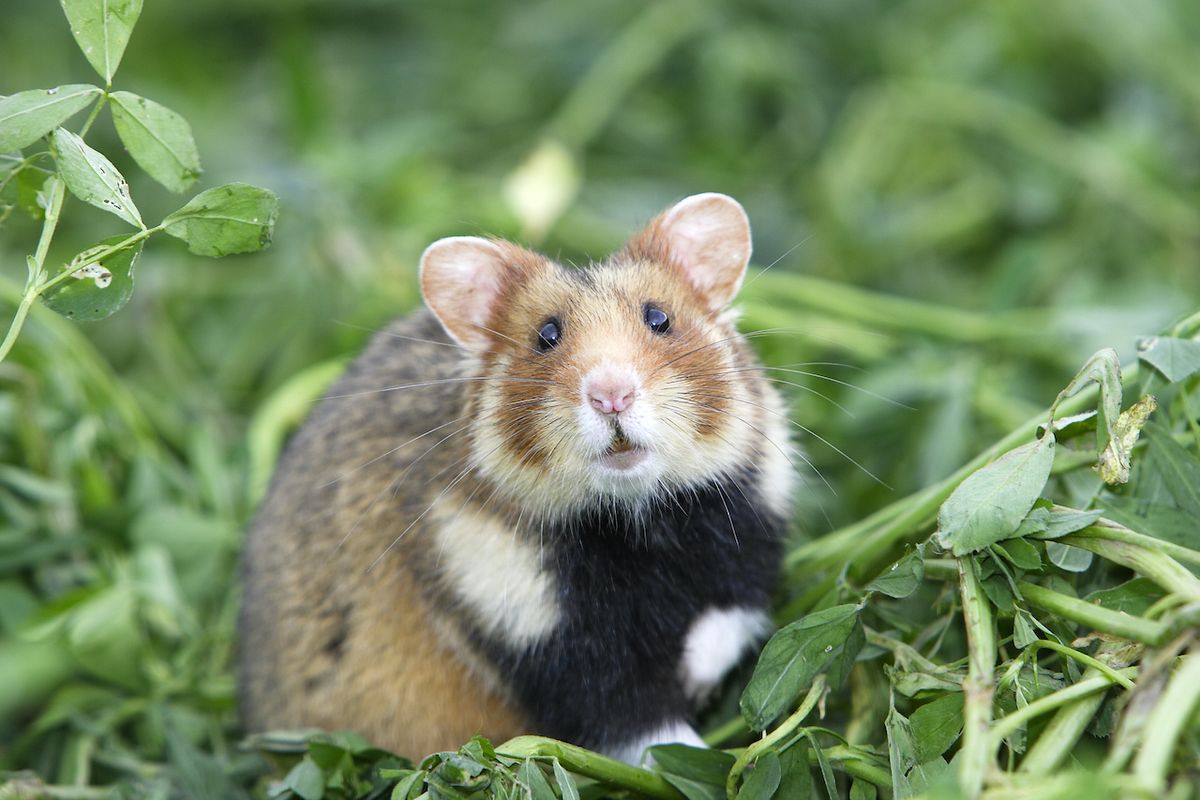Adaptations of Various Hamster Types
Hamsters are charming little creatures beloved as pets all over the world. These small rodents belong to the subfamily Cricetinae and boast a variety of species, each exhibiting distinct adaptations to their environments. Understanding these adaptations is crucial for pet owners and enthusiasts alike, as it provides insight into their care needs and natural behaviors. In this article, we will delve into the adaptations of different hamster types, including their habitat, diet, and physical characteristics, while featuring relevant images to enhance understanding.
Physical Adaptations: How Hamsters Have Evolved
Physical adaptations in hamsters ensure their survival in various habitats. With soft fur, a stocky body, and short legs, hamsters are uniquely designed for burrowing. Specifically, **Syrian hamsters**, the largest species of hamsters, can be observed using their strong claws and teeth to dig extensive tunnels where they live, sleep, and store food. Their fur helps provide insulation against cold temperatures in their natural habitats, protecting them from extreme weather conditions.

Behavioral Adaptations of Hamsters
Hamsters exhibit intriguing behavioral adaptations that enhance their day-to-day survival. For instance, many species are nocturnal, meaning they are active during the night and sleep during the day. This nocturnal behavior allows them to avoid many predators that are more active during daytime hours. Furthermore, hamsters possess cheek pouches that help them store food. They can collect food efficiently while scavenging and transport it back to their burrows to be ingested later. This not only showcases smart foraging strategies but also aids in food storage in times when resources might be scarce.
Physiological Adaptations to Environment
An excellent example of physiological adaptations in hamsters can be seen in the **Roborovski dwarf hamster**, one of the smallest species. These little hamsters have developed a high metabolic rate that allows them to thrive in arid environments where water sources are limited. Additionally, they have evolved to regulate their body temperature finely, ensuring they remain comfortable irrespective of fluctuating external temperatures.
Adaptations also include their specialized diet; hamsters are omnivores. Their digestive systems efficiently process a variety of foods ranging from seeds and grains to insects, ensuring they meet their nutritional needs regardless of their environment. This omnivorous diet is particularly prominent in the **Chinese hamster**, which often forages for both plant and animal matter in the wild.
Habitat Adaptations: The Burrowing Lifestyle
Hamsters are primarily found in arid and semi-arid environments, with many species adept at burrowing to create their homes. For example, **Siberian hamsters** are specifically known for creating complex burrow systems that can be up to several meters deep, providing protection from extreme temperatures and predators. These burrows are often equipped with chambers for sleeping, storing food, and even a separate area for waste, demonstrating a sophisticated approach to their habitat.
Moreover, their sturdy limbs ensure they can even navigate rocky terrain and negotiate obstacles while digging – a crucial adaptation for their survival.
Adaptations to Climatic Changes
Different hamster species showcase unique adaptations to cope with changes in their habitats, especially climatic conditions. For instance, **winter white dwarf hamsters** exhibit seasonal fur color changes. During colder months, their fur becomes lighter, providing better camouflage against snow and ice, which is vital for avoiding predators. This color-changing ability serves as an adaptation not only for survival but also for self-protection during their active hours in less favorable weather conditions.

Creating Ideal Habitats for Pet Hamsters
Understanding the natural adaptations of hamsters highlights the importance of mimicking their habitat in captivity. Pet owners should provide enough space for burrowing by incorporating tunnels and deep bedding in cages. This helps replicate their natural environment, allowing them to engage in instinctual behaviors. Providing a varied diet mimicking their omnivorous nature is also crucial; a balanced mix of pellets, fresh fruits, vegetables, and occasional protein sources can ensure your hamster stays healthy and happy.
Conclusion: The Fascinating World of Hamsters
Hamsters are indeed remarkable creatures with a myriad of adaptations that enable them to thrive in their natural habitats. From physical and behavioral to habitat adaptability, these adaptations reflect their evolutionary journey. Whether you’re a hamster owner or a nature enthusiast, appreciating these unique adaptive traits can enhance your understanding and care for these delightful pets. By accommodating their natural preferences in home settings, we can ensure our furry friends lead environmentally enriched and fulfilling lives.
FAQ
1. What types of habitats do hamsters prefer?
Hamsters generally prefer arid and semi-arid environments where they can easily dig burrows. They thrive in areas with sandy or loose soil that allows them to create complex tunneling systems. When kept as pets, providing similar conditions in their enclosures, like deep bedding and materials to burrow into, is essential for their well-being.
2. How often should I change my hamster’s bedding?
It is recommended to change your hamster’s bedding at least once a week. Keeping their environment clean reduces the risk of respiratory issues and helps maintain their health. Regular cleaning and fresh bedding also encourage natural behaviors like burrowing and nest-building.
3. What is the lifespan of a typical pet hamster?
Most pet hamsters live between 2 to 3 years, though some types may live longer with proper care. Factors influencing their lifespan include diet, habitat, stress levels, and genetics. Providing a balanced nutrition and enhancing their living environment can help increase their longevity.
4. Do hamsters need toys in their enclosures?
Yes, hamsters benefit significantly from toys and enrichment in their enclosures. As active creatures, providing items like tunnels, exercise wheels, and chew toys stimulates their physical activity and mental health, fulfilling instinctual needs.
5. How much space does a hamster need in its cage?
A hamster’s cage should be at least 450 square inches of floor space for small hamsters, while larger breeds like Syrian hamsters may require even more. The enclosure should allow for vertical space as well, with options for stacking levels or using tunnels to promote exploration.
